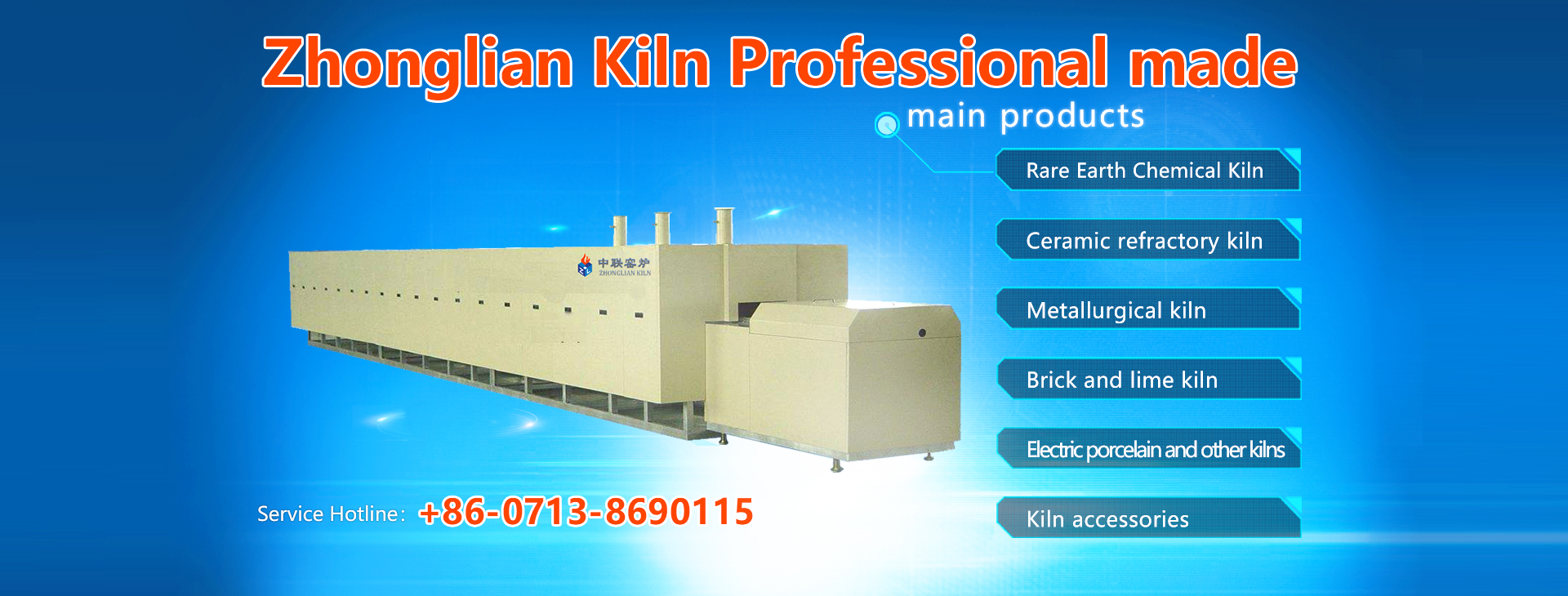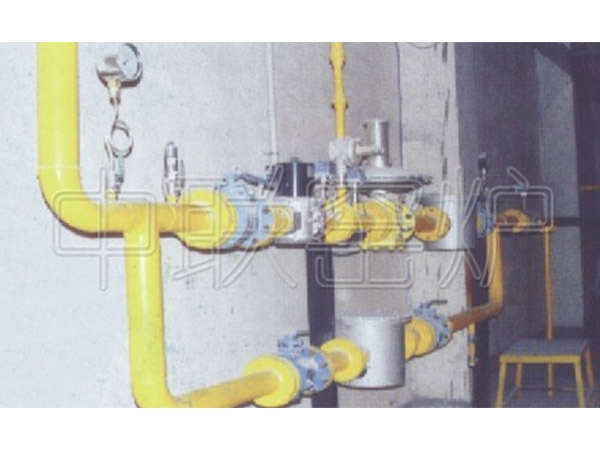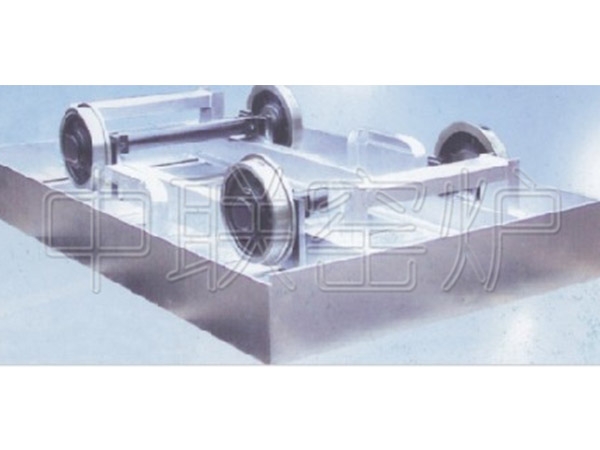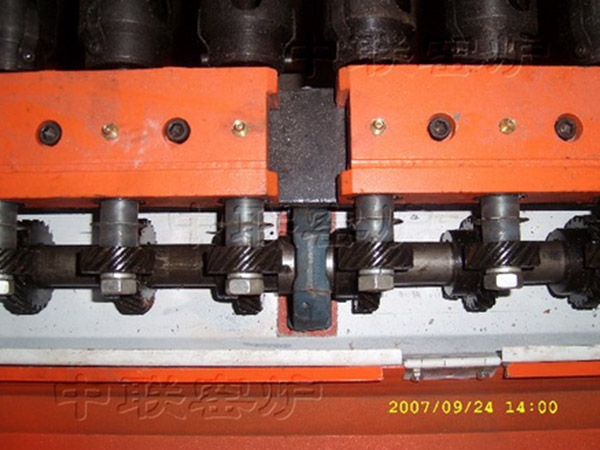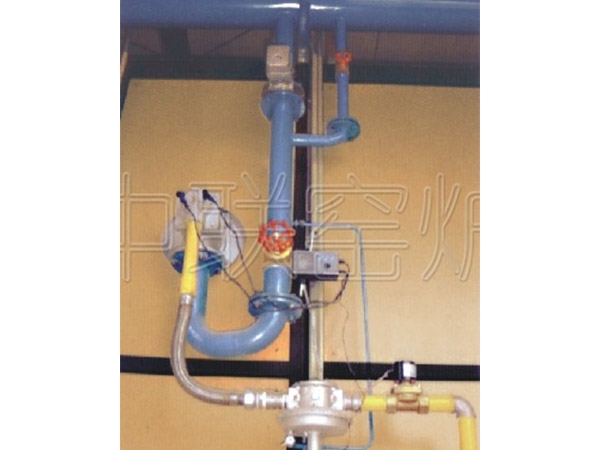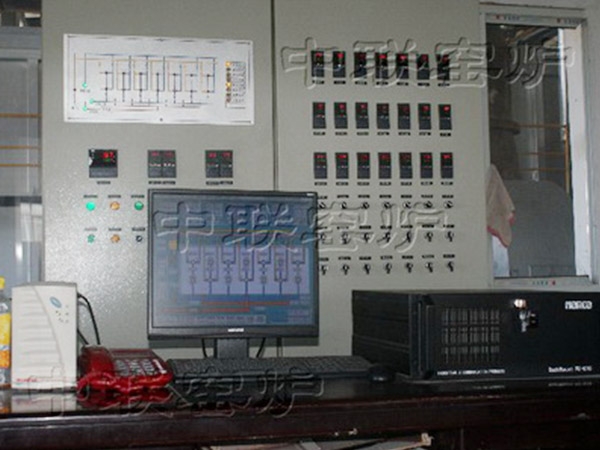According to the use conditions of refractory materials, high-temperature kilns are roughly divided into three types. How to choose refractory materials for each type is as follows:
(1) Under high temperature conditions, refractory materials are subject to the chemical attack of molten metals, non-metals, slag and steam, such as blast furnaces, converters, cement kilns, glass kilns, ladles, etc. Materials account for about 50%. Refractory materials are in contact with erosions and chemical reactions occur, which are often fatal to refractory materials. Refractory workers also attach great importance to the study of the refractory damage mechanism under such conditions. In terms of theory, the chemical reaction of erosions and refractory materials can be inferred the four theoretical standards to choose the direction of refractory materials.
①Chemical thermodynamic standard ΔGT The direction of the reaction and the degree of reaction are judged by the change in Gibbs free energy of the reaction between the refractory and the erosion. The principle of selecting refractory materials should be that under the conditions of use, the refractory materials have thermodynamic stability to the erosions in contact, that is, ΔG0> 0, and the reaction cannot proceed. For example, refractory materials for carbon black reactors are also subject to chemical attack by carbon black particles at high temperatures. The high-purity corundum brick contains more than 99.5% Al2O3. The free energy of the reaction between Al2O3 and C is: 1 / 3Al2O3 (s) + C (s) = CO (g) + 2 / 3Al (g). The temperature has some influence on the change of free enthalpy, ΔG0 = 106100-42.65T, T = 2051 ℃, which is the temperature at which the chemical reaction starts. The highest temperature of the carbon black furnace is 1920 ℃, so the high-purity corundum brick will react with carbon, so the high-purity corundum brick has a long service life.
As we all know, when ΔG0 <0, the reaction can proceed. The greater the negative value of ΔG0, the greater the possibility of the reaction proceeding. ΔG0 = 0, the reaction is in equilibrium. The standard generation Gibbs free energy of many compounds has been experimentally obtained. calculated other data. It can also be obtained the JANAF thermodynamic data sheet other thermodynamic data manuals, so the appropriate refractory material can be selected through thermodynamic calculation.
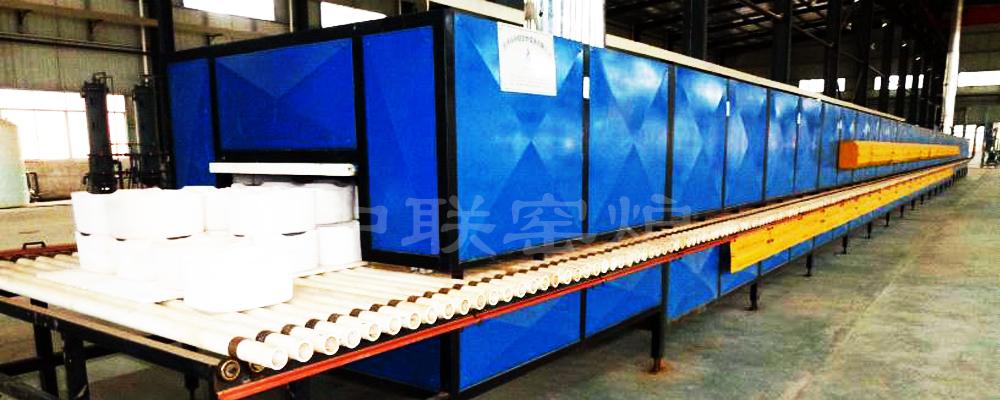
②Chemical kinetics standard Δvat General refractory materials are heterogeneous, and the chemical composition of erosions, especially slag, is also very complex, and the two do interact at high temperature. The reaction mechanism and reaction speed with refractory materials, so as to choose erosion-resistant refractory materials. It can be seen Figure 1 that when the erosion material dissolves the refractory material and does reach equilibrium, the contact area S at the interface forms a diffusion layer (isolation layer) thickness δ, and the saturation concentration occurs at the surface next to the refractory material, with a certain limit the surface Other than the solution concentration. The dissolution rate v can be calculated the change in solution concentration.
When the refractory material is in contact with the melt, the diffusion layer diffuses into the melt. If the dissolution rate is high and the diffusion rate is small, a saturated solution (contact layer) is formed on the surface of the refractory material and the dissolution of the refractory material stops. For example, the semi-acid wax stone bricks used for the lining of alkaline slag ladle. The service life is longer than the neutral clay bricks and high aluminum bricks, and the wax stone bricks are sticky. The surface of the ladle lining after use is smooth and glazed. This is because the wax stone brick contains high SiO2 (65% to 70%). Under the action of high temperature and alkaline slag, a certain amount of high-viscosity liquid phase is generated on the surface of the brick to form a very thick isolation layer (diffusion layer) It is attached to the surface of the inner lining to prevent the penetration of slag, thereby reducing the dissolution rate of refractory materials and increasing the service life.
If the dissolution rate is small and the diffusion rate is large, the melt penetrates into the refractory along the pores, increasing the liquid content of the refractory and forming a new phase, which may be a solid melt a compound, which causes the qualitative change of the refractory structure. When the temperature fluctuates, the refractory will be dissolved peeled off. For example, the erosion of magnesia-chrome bricks by RH slag, due to the exchange of R3 + such as Al2O3 and Fe2O3 in the slag and the Cr3 + exchange of magnesia-chromium spinels in magnesia-chromium bricks, generates magnesium aluminum spinel and magnesia-iron spinel. Magnesia-chrome bricks bulge and crack, causing damage.




